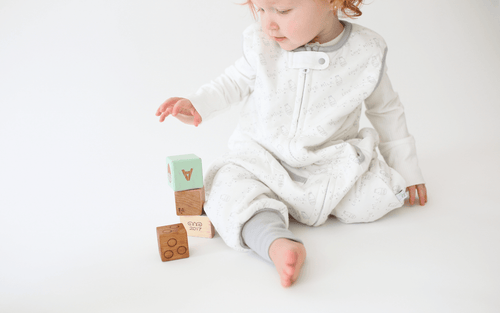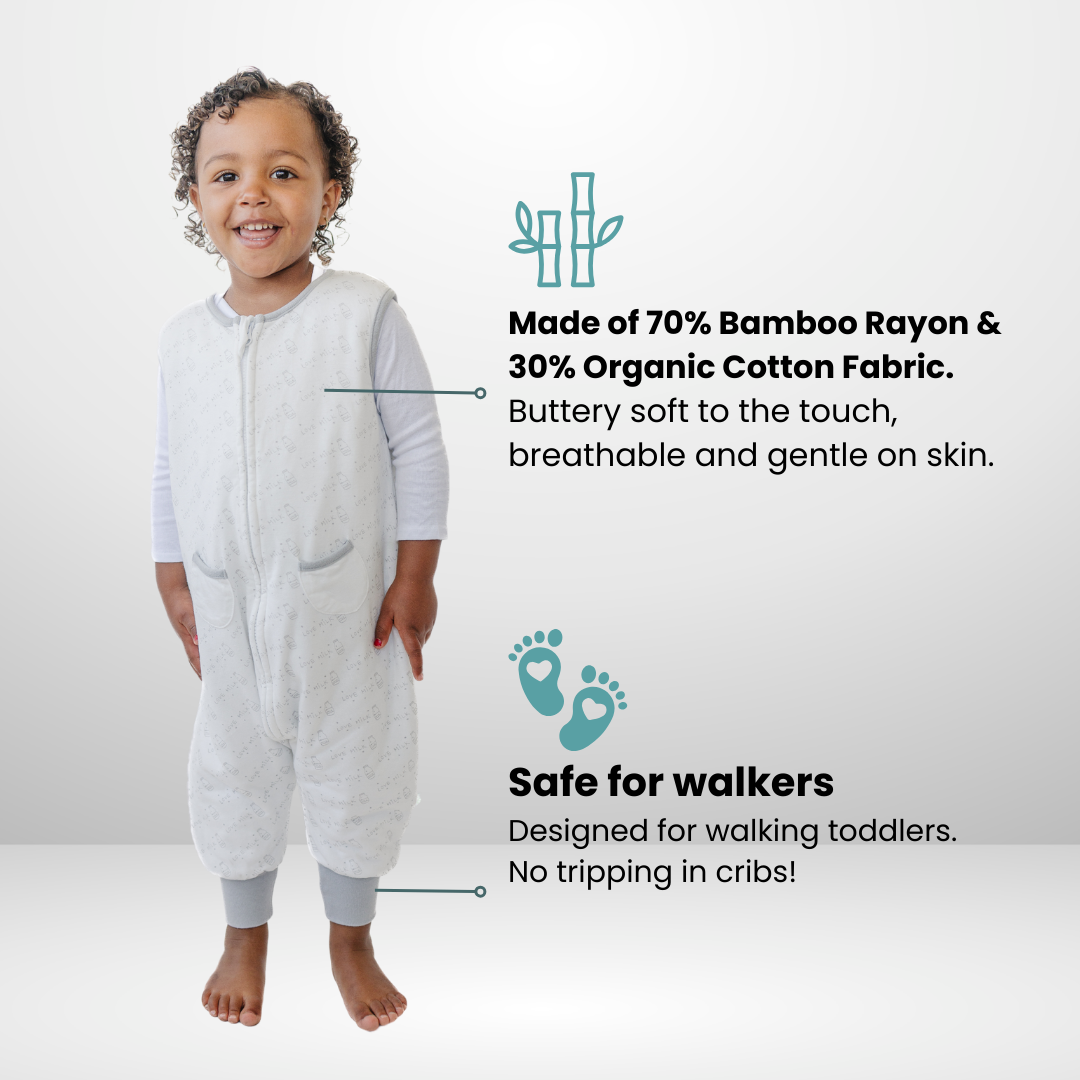When, and How, to Successfully Drop Naps
By: Emily Varon

When we look at sleep over the course of an entire human lifetime, the steepest decrease in the total amount of sleep needed, per day, occurs between birth and 3 years of age.
Within their first 3 years, children transition from about 18+ hours of sleep per 24-hour cycle, to about 11 hours of sleep per 24-hour cycle.
Simply Put: Within the first three years, children naturally drop about 7 hours of sleep off of their schedules. Over the next 50 years, they will merely drop an additional 3 hours.
Interesting to put into perspective right?
This extreme drop off in early childhood sleep can cause a tremendous amount of confusion and stress for families, especially when it comes to altering schedules.
Creating a schedule based on ever-expanding “waking windows,” and not being committed to the idea that your child sleeps at specific “times” on the clock, will set you up for nap dropping success!
Understanding your child’s “waking window” will save your sanity...trust me!
A waking window is the amount of time your child needs to be awake, before being able to fall asleep again. This window is constantly expanding. Every few weeks, your little one is able to tolerate more and more time awake in between sleep opportunities.
So what are the signs?
Nap resistance
If your child is suddenly not falling asleep at their “usual” nap time, they cry or fuss when being put down for a nap or they now need help falling asleep, it’s a sign their body is ready to tolerate more awake time. It’s ok to push nap time ahead 20 minutes or so.
This is where panic typically sets in for parents! Putting a child down for their nap later, will inevitably push the next naps — and bedtimes — later as well. Don’t worry, here’s how to make it all work out...
Once you notice that your child is resisting their first nap of the day, it’s ok to keep them awake a little longer. Try again for a nap later (20-30 minutes is typically enough) until you find the “sweet spot” when they fall asleep rather quickly (within 5 minutes, say). Now, take a moment and calculate how long they have been awake from morning wake-up time, to the time they fell asleep for their first nap (nap-dropping takes a bit of math!!). Was it 2.5 hours? 3.0 hours? More? Less? Whatever that time span was, that is your child’s natural waking window for now.
Knowing how long your child can tolerate being awake before needing sleep again will help you forecast when you should offer the next sleep opportunity.
There is a theory, out in internet-land, that the waking window expands as the day progresses. I have found, in my practice, that this simply isn’t the case. It’s best to keep waking windows evenly-spaced throughout the day, in between sleep opportunities.

Bedtime gets later
If you’re noticing bedtime pushing ahead, it’s likely that your child’s naps have been getting later as well. These two factors, combined (nap resistance + later bedtimes) are indications that your child can tolerate more awake time.
What happens, naturally, is that naps become later — this eventually leads to the afternoon nap getting squeezed out. If your child only has one nap, and is between 2.5 - 3.5 years, you will see the whole schedule shifting — suddenly nap gets so late that it’s practically bedtime!
Whether your child is dropping from three naps to two, or one nap to zero, the process is the same: Later naps (or no nap), and a really early bedtime.
When children are in the process of transitioning to less daytime sleep, it is not unusual to see bedtimes as early as 6 p.m. — Don’t panic mama.
Within a few weeks, bedtime will resume to its later time as your child’s body learns to tolerate more awake time. Often families who are set on a specific bedtime, have a really hard time navigating this transition. If bedtime is always 8 p.m., that just won’t fly if your 3-year-old woke up at 6:30 a.m. and has not had a nap! In this example, bedtime will be around 6:30 p.m., approximately 12 hours after morning wakeup.
Likewise, if your one-year old woke from their one-and-only nap at 2 p.m., again, they’re going to have a very difficult time making it to 8 p.m.
Dropping naps is a parental exercise in flexibility and math. You can do it!
- Naps drop one at a time, every 2-3 months from birth to one year.
- Dropping naps is a transitional period, and doesn’t just happen in one day…every day may look a little different for about a week or two.
- Some days your child will return to their previous nap schedule — and some days they will be able to tolerate their new nap schedule.
- On days when children return to the previous nap schedule, bedtime will be later.
- On days when children rock a new schedule, bedtime will be earlier.
About The Author






















